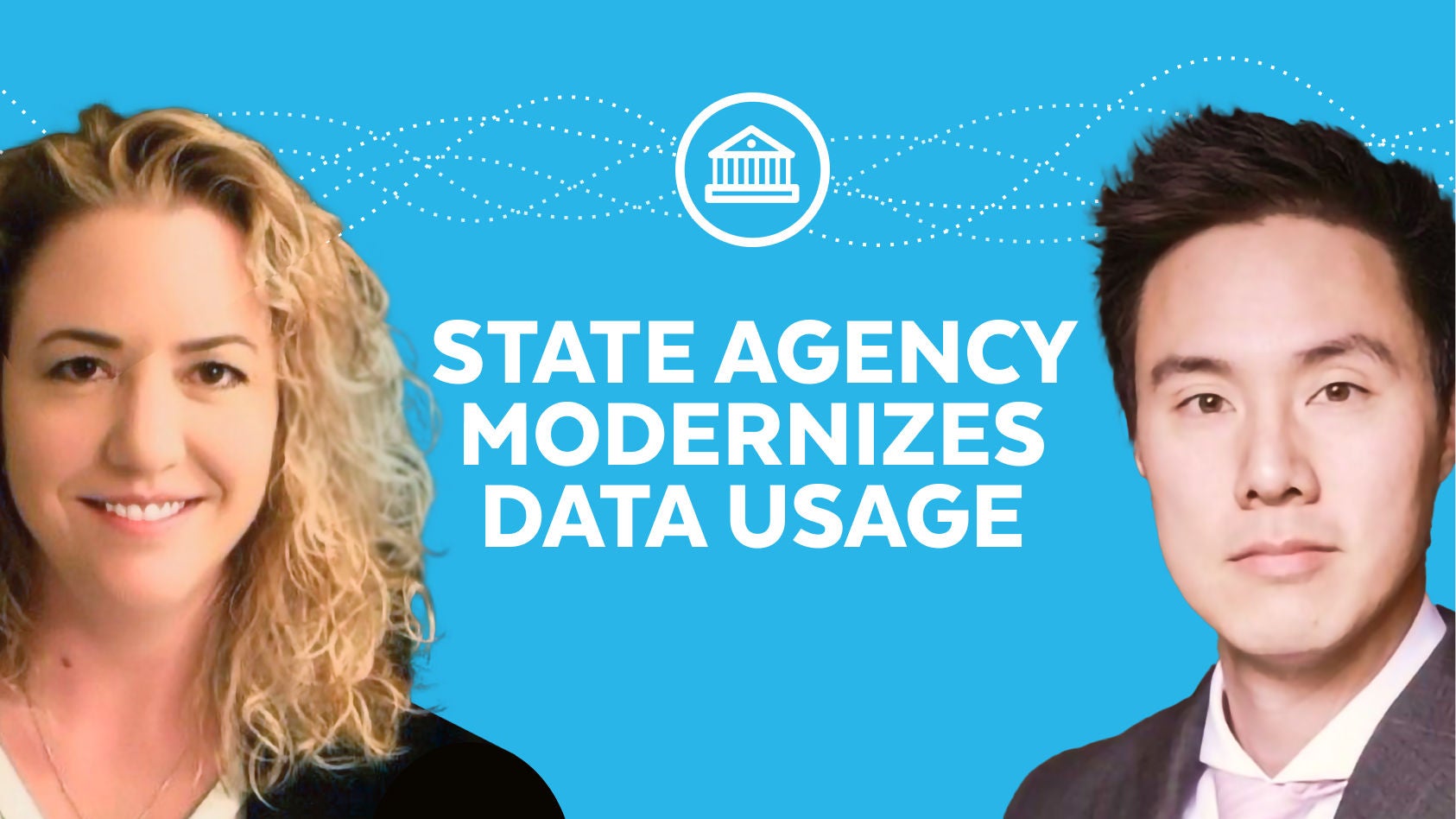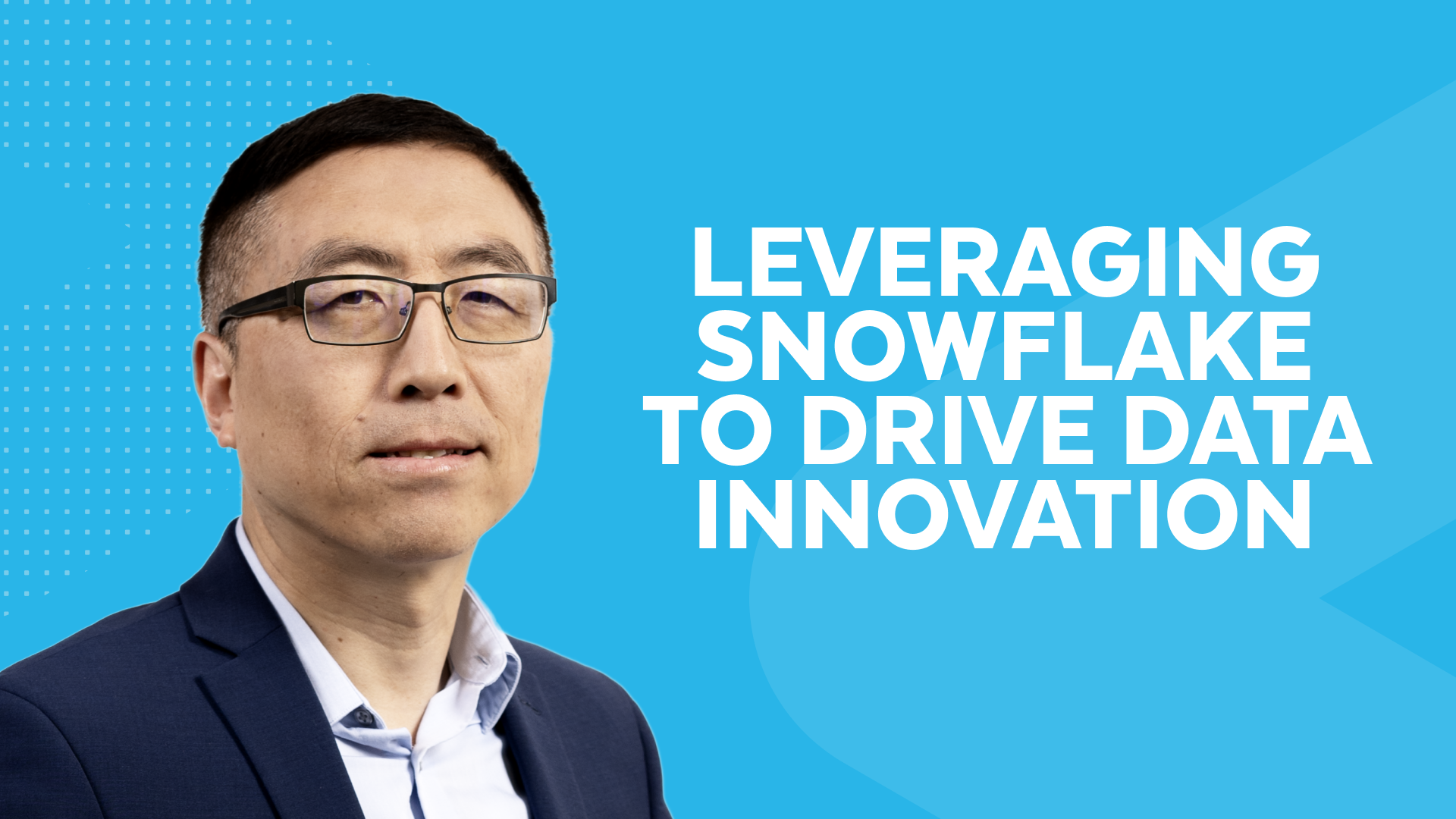
AI in Government and Public Services: Benefits, Use Cases
From streamlining bureaucratic tasks to improving citizen safety, the use of AI in government is opening the way for more efficient, transparent and responsive services.
- Overview
- Benefits
- Federal Government AI Use Cases
- Municipal Government AI Use Cases
- Resources
Overview
From streamlining bureaucratic tasks to improving citizen safety, the use of AI in government is opening the way for more efficient, transparent and responsive services. AI technologies are helping government entities fulfill their mission in an efficient, cost-effective manner. Let’s explore some examples of how AI is being used at the municipal and federal government levels, highlighting its immense potential to transform the way governments operate in the digital age.
The Benefits of Deploying AI in the US Government
The integration of AI into U.S. government operations has fundamentally changed the way public services are accessed and experienced. As the use of AI technologies in the public sector expands, the services governments provide have become more efficient, responsive and citizen-centric.
Improved efficiency and automation
One of AI’s flagship benefits is the automation of repetitive tasks. Governments at all levels have process-intensive workflows, making AI incredibly useful for streamlining activities such as data entry, document processing and categorizing customer service requests. By freeing up human resources for more complex activities, governments can realize significant time and cost savings.
Higher-quality citizen services
AI-powered chatbots and virtual assistants can generate immediate, personalized responses to citizen inquiries, providing more responsive experiences. Digital agents use natural language processing (NLP), a branch of AI that allows machines to comprehend human language and interact with human users in a way that’s similar to how a human would. This application of AI in government provides citizens with a means for getting quick and reliable information about government services, applications and processes when and where it's convenient for them.
Enhanced public safety
Advanced AI technologies can be deployed for a variety of law enforcement and public safety activities. AI-enabled systems can comb through massive amounts of CCTV footage, social media data and other online sources to help law enforcement agencies locate missing persons, identify criminal suspects and combat human trafficking. Additionally, predictive policing provides law enforcement agencies with the ability to prevent crime by identifying potential hotspots. With this information, they can better allocate officer coverage in areas where crimes are most likely to occur. More-sensitive use cases such as these may require additional restrictions, and individual states or organizations may have different restrictions or even prohibitions on these uses; it will be up to the implementer in question to determine whether these uses are permitted.
Resource optimization
Resource constraints are a common issue faced by governments from the local to the federal levels. AI algorithms can help governments use their resources more efficiently. AI can analyze large, complex data sets quickly and efficiently, so governments can find opportunities to conserve energy, create more efficient public transit routes and more accurately predict how demographic or population changes will impact demand for government services.
Federal Government AI Use Cases
The federal government is responsible for providing an enormous number of essential services. From national defense to processing federal student loan applications, AI has much to offer in streamlining the work of the federal government. Here are a few examples of how AI can be used in the federal government.
Detecting counterfeit pharmaceuticals
Counterfeit pharmaceuticals can have life-threatening consequences, so detecting them before they reach the consumer is of vital importance. One example of the use of AI in government at the federal level is the CD5, a handheld device used by the Food and Drug Administration (FDA) for counterfeit pharmaceutical detection. AI is used to rapidly interpret the images generated by the CD5 device, visually comparing them to assess whether a product is authentic or counterfeit. As increasingly sophisticated counterfeits hit the market, AI’s powerful visual decision-making capabilities are being leveraged to decrease the amount of time required to examine and determine if a product is authentic or counterfeit from several minutes to a few seconds.
Assisting federal student loan applicants
The federal student loan process can be challenging to navigate. The Department of Education’s AI-enabled Aidan chatbot seeks to make the process easier. Using NLP, Aidan can answer many common financial aid-related questions, including locating a current loan account balance, contacting a loan servicer and listing available grants.
Expediting disability benefits claims
One of the Social Security Administration’s (SSA) most important tasks is processing disability benefits claims, helping individuals access the benefits they qualify for quickly and efficiently. The SSA’s Quick Disability Determinations (QDD) process leverages an advanced predictive model to automatically screen initial applications to identify and flag cases with a high likelihood of a favorable disability determination, prioritizing them for expedited processing. This AI-enabled predictive model uses historical data from application forms completed by millions of previous applicants to generate the predictive scores the SSA uses to prioritize new applicants.
Identifying new potential export markets
The International Trade Administration, part of the Department of Commerce, is deploying AI to identify potential export markets by analyzing current trade patterns. Within the Market Diversification Tool, a user enters what products they produce and the markets they currently export to. The tool then applies an ML algorithm that analyzes product-specific trade and tariff data and economy-level macroeconomic and governance data to identify and compare markets the user should consider.
Municipal Government AI Use Cases
AI has an important role in supporting high-quality municipal governance. Forward-looking local governments of cities, towns or districts around the country are harnessing AI to build smarter, more sustainable and responsive communities. Here are a few examples of how AI can be used in municipal government.
Smart energy management
Using networks of interconnected IoT devices and remote sensors, AI systems can monitor energy consumption levels in municipal buildings, streetlights and other infrastructure and track trends over time. By identifying patterns in energy usage, these systems can help planners make more intelligent decisions on how to optimize energy usage and reduce costs.
Urban planning and development
AI systems help municipal planners identify and respond to emerging trends, such as population growth in certain areas and demographic shifts that are likely to impact demand for government services. By analyzing demographic data, traffic patterns, environmental factors and other data used in urban planning, municipalities can make more informed decisions about infrastructure projects and zoning regulations.
Traffic management
AI-enabled traffic systems help keep people and goods moving smoothly along roads and public transit routes. These systems can analyze traffic patterns and optimize traffic signals in real time, so planners can ease congestion and improve traffic flow. Smart traffic systems also help emergency vehicles get to their destination more quickly, automatically adjusting traffic lights to clear intersections before emergency services arrive and dynamically adjusting the route in response to changes in traffic patterns.
Water conservation
As water scarcity becomes an increasingly important priority for many municipalities, governments are using AI systems to monitor water usage and detect leaks in the municipal water supply network. With AI-enabled remote sensors, authorities can conserve water resources and reduce waste.
